Vrouwenparochie
Froubuorren | |
|---|---|
Village | |
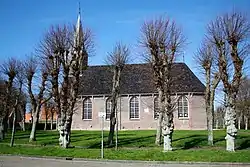 Vrouwenparochie church | |
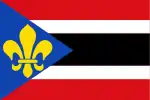 Flag  Coat of arms | |
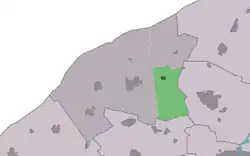 Location in het Bildt municipality | |
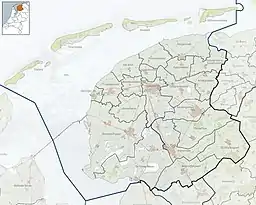 Vrouwenparochie Location in the Netherlands 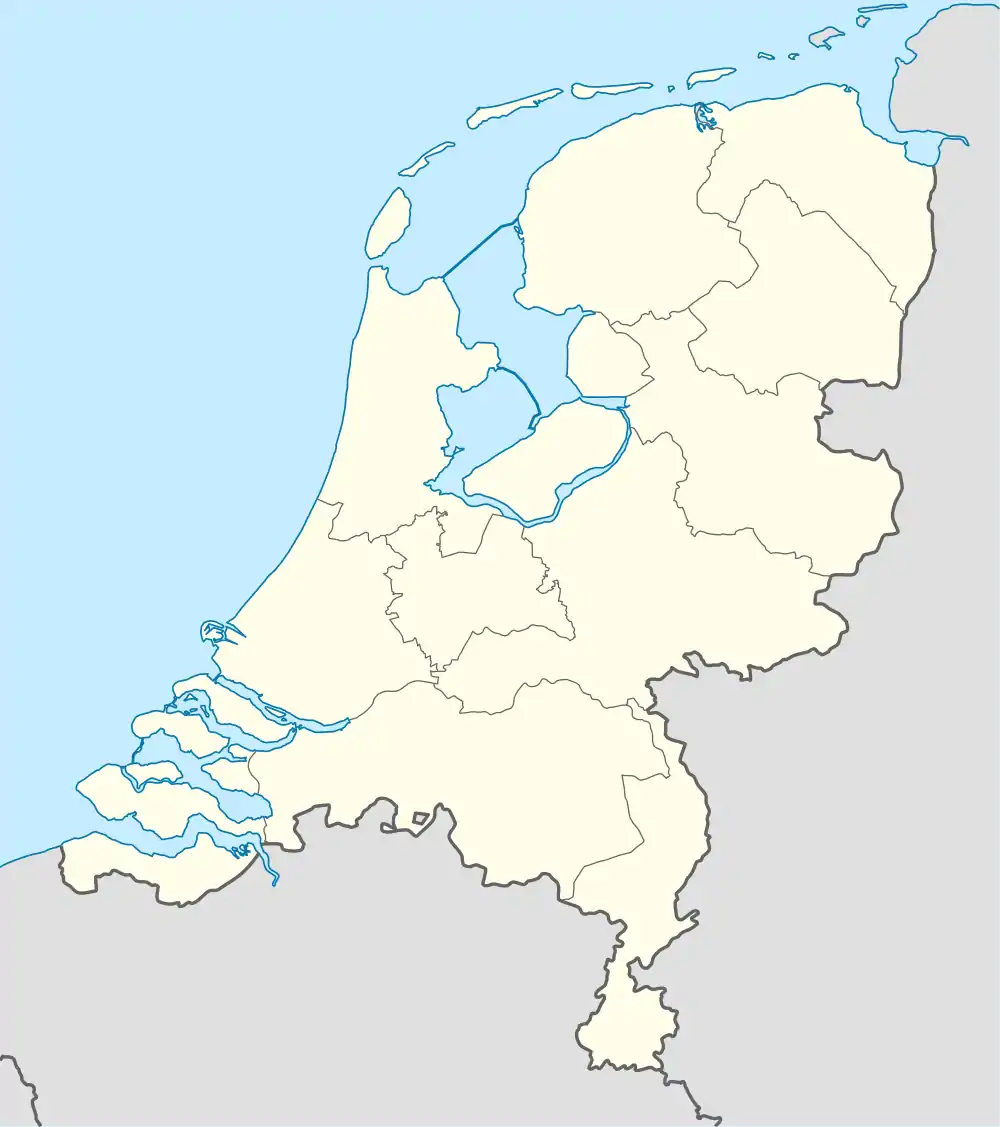 Vrouwenparochie Vrouwenparochie (Netherlands) | |
| Coordinates: 53°16′47″N 5°42′1″E / 53.27972°N 5.70028°E | |
| Country | Netherlands |
| Province | Friesland |
| Municipality | Waadhoeke |
| Area | |
| • Total | 12.92 km2 (4.99 sq mi) |
| Elevation | 0.7 m (2.3 ft) |
| Population (2021)[1] | |
| • Total | 685 |
| • Density | 53/km2 (140/sq mi) |
| Postal code | 9077[1] |
| Dialing code | 0518 |
Vrouwenparochie (Dutch pronunciation: [ˈvrʌuə(m)paːˌrɔxi], West Frisian: Froubuorren; Bildts: Froubuurt) is a village in Waadhoeke municipality in the province of Friesland, the Netherlands, with a population of around 685 in 2021.[1]
It is called Froubuurt in the dialect of Het Bildt. There is a restored windmill in the village, De Vrouwbuurstermolen.
History
The village was first mentioned in 1570 Kijfhueck, parochie o.l. frovwen, and means "parish of Our Sweet Lady (=Mary, mother of Jesus)" who was the protector of the village.[3] In the early days, the village was known as Kijfhoek, after the eponymous village of the earliest settlers.[4]
In 1504, a deal was struck between George, Duke of Saxony and four noblemen from Holland to polder the Middelzee. Each group of settlers had to select a patron saint. In 1505, the dike was constructed.[5] The same year, the middelweg was built as an east-west connection through the new land of het Bildt.[6] Vrouwenparochie developed along the road (nowadays: N393) as a linear settlement.[4]
The Dutch Reformed church was built in 1670 as a replacement of the early 16th century church.[6]
The grist mill De Vrouwbuurstermolen is a wind mill which was built before 1832. It was decommissioned in 1954. It was restored between 1963 and 1967, and is regularly in use.[7]
Vrouwenparochie was home to 1,202 people in 1840.[4] There was a railway station in the village between 1902 and 1940. The building burned down in 1999, and was demolished in 2002.[8]
Before 2018, the village was part of het Bildt municipality.[4]
Notable people
- Johan Bouma (born 1940), soil scientist[9]
Gallery
 House in Vrouwenparochie
House in Vrouwenparochie House in winter (1971)
House in winter (1971) House in Vrouwenparochie
House in Vrouwenparochie Vrouwbuurstermolen
Vrouwbuurstermolen
References
- 1 2 3 4 "Kerncijfers wijken en buurten 2021". Central Bureau of Statistics. Retrieved 3 April 2022.
- ↑ "Postcodetool for 9077AA". Actueel Hoogtebestand Nederland (in Dutch). Het Waterschapshuis. Retrieved 3 April 2022.
- ↑ "Vrouwenparochie - (geografische naam)". Etymologiebank (in Dutch). Retrieved 3 April 2022.
- 1 2 3 4 "Vrouwenparochief". Plaatsengids (in Dutch). Retrieved 3 April 2022.
- ↑ "Sint Jacobiparochie - (geografische naam)". Etymologiebank (in Dutch). Retrieved 3 April 2022.
- 1 2 Ronald Stenvert & Sabine Broekhoven (2000). "Vrouwenparochie" (in Dutch). Zwolle: Waanders. ISBN 90 400 9476 4. Retrieved 3 April 2022.
- ↑ "Vrouwbuurstermolen". Molen database (in Dutch). Retrieved 3 April 2022.
- ↑ "halte Vrouwenparochie". Stationsweb (in Dutch). Retrieved 3 April 2022.
- ↑ D. J. van de Kaa; Kaa; Y. de Roo (19 December 2008). De Leden Van de Koninklijke Nederlandse Akademie Van Wetenschappen: Een Demografisch Perspectief: 1808 Tot 2008. Amsterdam University Press. pp. 259–. ISBN 978-90-6984-552-4.
External links
 Media related to Vrouwenparochie at Wikimedia Commons
Media related to Vrouwenparochie at Wikimedia Commons